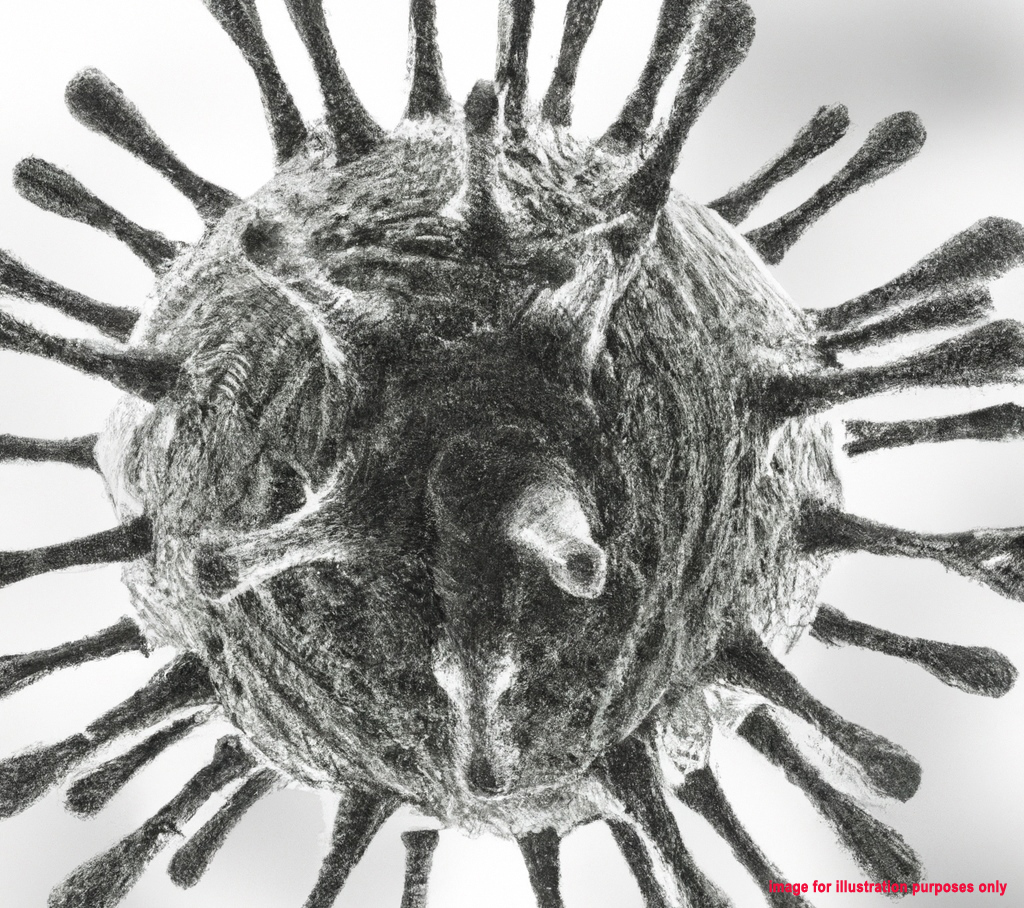Common Cold

The common cold typically manifests with symptoms like a runny nose, nasal
congestion, and sneezing, often accompanied by a sore throat, cough,
headache, or other manifestations.
Causes, Incidence, and Risk Factors
Termed the "common cold" for good reason, over one billion occurrences are
recorded in the United States annually. It's the most prevalent illness
affecting both children and adults, resulting in frequent school absences
for children and work absences for parents. Children usually contract up to
eight colds annually, often transmitted among peers in school or daycare
settings. While colds can arise throughout the year, they're more common
during winter or rainy seasons. The cold virus spreads via airborne droplets
expelled during sneezing, coughing, or nose blowing. You're susceptible to
catching a cold if exposed to infected droplets or contaminated surfaces.
Symptoms
Cold symptoms typically manifest within 2 to 3 days of virus exposure,
although onset may extend up to a week. Symptoms primarily affect the nasal
passages, presenting as nasal congestion, runny nose, scratchy throat, and
sneezing. In adults and older children, low-grade fever or no fever is
common, contrasting with young children who may experience temperatures
around 100-102°F (37.8-38.9°C). Depending on the virus strain, accompanying
symptoms may include cough, decreased appetite, headache, muscle aches,
postnasal drip, or sore throat.
Treatment
Treatment primarily revolves around rest and adequate fluid intake.
Over-the-counter cold and cough medicines may alleviate symptoms in adults
and older children but won't expedite recovery. Avoid administering such
medications to children under 6 years without medical consultation, as they
may not be effective and can pose risks.
Antibiotics are ineffective against common colds and shouldn't be prescribed
unless complications arise. Nasal discharge color change to yellow or green
after a few days is a normal part of the cold's progression and doesn't
necessitate antibiotic use. Newer antiviral drugs designed for flu
management don't alleviate cold symptoms. Alternative treatments like
chicken soup, vitamin C, zinc, or echinacea have been explored, with varying
efficacy. Chicken soup may provide comfort, while vitamin C and zinc may
slightly shorten cold duration and severity when taken preemptively or at
onset.
However, high-quality evidence supporting echinacea's efficacy is lacking.
Consult a healthcare provider before attempting alternative treatments,
especially if you have underlying medical conditions or are taking other
medications.
Expectations (Prognosis)
Most cold symptoms subside within a week. Prolonged illness beyond 7 days
warrants medical evaluation to rule out complications like sinus infections
or allergies..
undo Common Diseases in Singapore